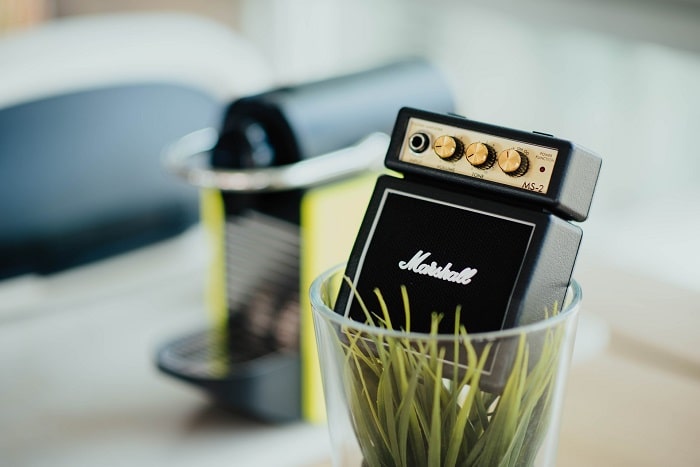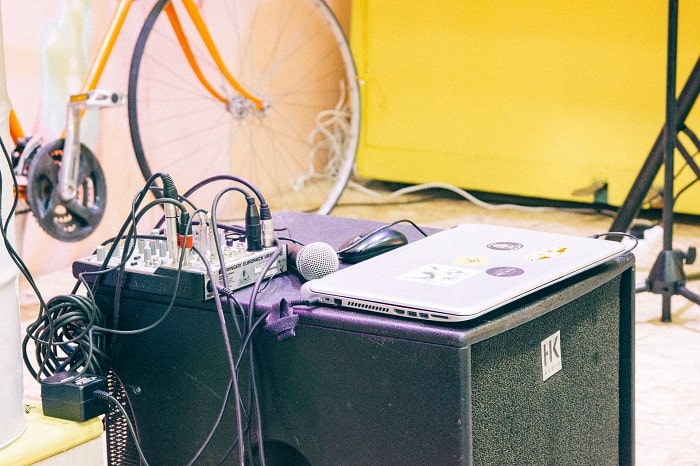Do you want to learn how to wire your speakers with 4 terminals? If so, you have come to the right place! In this article, we will provide a comprehensive guide that will teach you everything you need to know about speaker wiring. We will also provide reviews and useful tips that will help make the process easier for you. So, whether you are a beginner or an experienced DIYer, this article is for you!
Now that you know what this article will be about, let’s get started! The first thing you need to do is gather all of the necessary materials. This includes speaker wire, terminals, and a screwdriver. Once you have all of the materials, it’s time to start wiring your speakers!
- How to Wire Speakers with 4 Terminals: A Guide for Beginners
- Find Out The Diameter and Length of the Wire to Connect the Speakers Using the 4 Terminals
- How to Strip The Speaker Wire for Connection Using 4 Terminals
- Connect the Wire to the Amplifier and Speakers Using 4 Terminals
- Other Types of Speaker Connections
How to Wire Speakers with 4 Terminals: A Guide for Beginners

So, let’s get started! The first thing you need to know is that there are two main types of speaker wire: stranded and solid core. Stranded speaker wire is made up of many small strands of copper wire that are twisted together. This type of speaker wire is more flexible and less likely to break than solid core speaker wire. Solid core speaker wire is made up of a single piece of copper wire. It’s more rigid than stranded speaker wire, but it’s also more likely to break.
Find Out The Diameter and Length of the Wire to Connect the Speakers Using the 4 Terminals
In order to determine the proper gauge of speaker wire to use, you’ll need to know two things: the total number of feet of wire needed to connect all your speakers, and how many watts your receiver is rated for. Most home theater receivers are rated for between 100 and 200 watts per channel. To be on the safe side, let’s assume that each of your four speakers will draw 50 watts from your receiver. That means you’ll need speaker wire that can handle at least 200 watts.
Now that you know how much power your speaker wire needs to handle, it’s time to calculate how long it needs to be. The general rule of thumb is that the longer the run of speaker wire, the thicker or heavier gauge wire you’ll need. That’s because the longer the wire, the more resistance it will have to the current flowing through it.
For runs up to 50 feet, 16-gauge speaker wire is fine. For runs of up to 100 feet, 14-gauge speaker wire will do the job. And for runs of up to 200 feet, 12-gauge speaker wire is what you’ll need. If you’re not sure how long your runs are going to be, err on the side of using thicker or heavier gauge speaker wire. It’s always better to have too much power than not enough.
How to Strip The Speaker Wire for Connection Using 4 Terminals

Stripping the speaker wire is a critical first step in connecting your speakers. If you don’t strip the wire correctly, you could damage your speaker or cause an electrical hazard.
There are a few different ways to strip speaker wire. You can use a knife, scissors, or a stripping tool. We recommend using a stripping tool because it will give you a clean, even cut and help prevent nicks in the wire that could cause problems later.
To strip the speaker wire:
- First, cut off any excess wire so you have about six inches of workable space.
- Second, clamp the stripping tool around the insulation about an inch from the end of the wire.
- Third, rotate the tool around the wire until the insulation is cut through.
- Fourth, pull the insulation off of the wire.
- Fifth, repeat steps two through four on the other end of the wire.
Now that you have stripped the speaker wire, you are ready to connect it to your speaker. In most cases, connecting speaker wire is a simple matter of matching up the colors and screwing down the terminals. However, there are a few things you should keep in mind to get the best possible sound quality from your speakers.
Connect the Wire to the Amplifier and Speakers Using 4 Terminals

- Locate the red and black wires on the back of the amplifier.
- Connect the red wire to the positive terminal on the amplifier.
- Connect the black wire to the negative terminal on the amplifier.
- Now, take your speaker wire and connect one end to the positive terminal on your speaker.
- Next, connect the other end of that same speaker wire to the negative terminal on your second speaker.
Now you should have a complete circuit! If you have any questions or need further assistance, please feel free to contact us. We’d be more than happy to help! Thank you for reading and good luck!
Other Types of Speaker Connections
Besides the standard two-terminal speaker connection, there are other types of speaker connections that you may come across. These include:
- Spring clip terminals: These are found on lower-priced equipment and require no soldering. The wire is simply inserted into the spring clip.
- Binding post terminals: These offer a more secure connection than spring clip terminals and are found on higher-priced equipment.
- Spade lug terminals: These offer the most secure connection of all but can be difficult to work with if you’re not familiar with them.
If you’re ever unsure about how to wire a particular type of speaker connection, consult your owner’s manual or contact the manufacturer.






